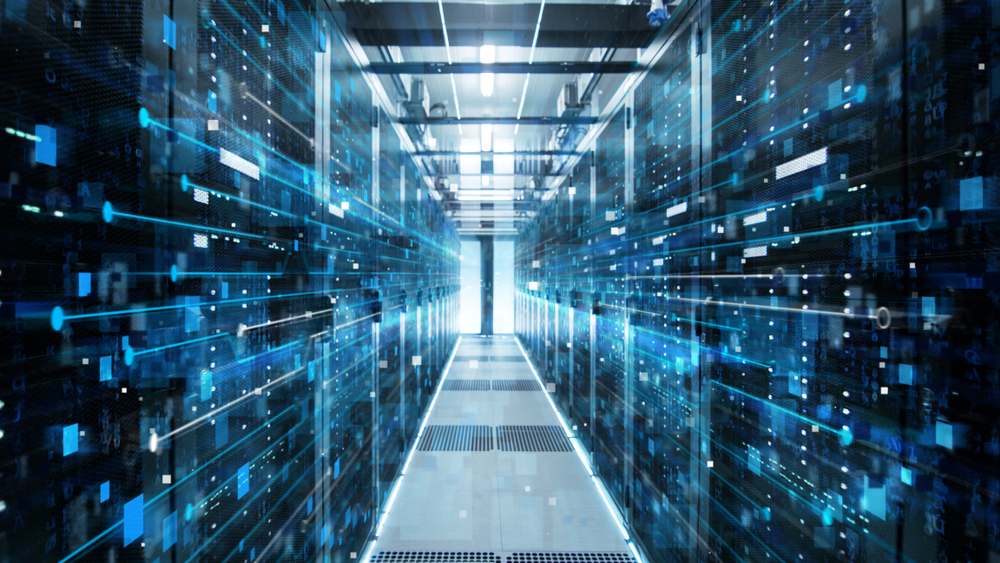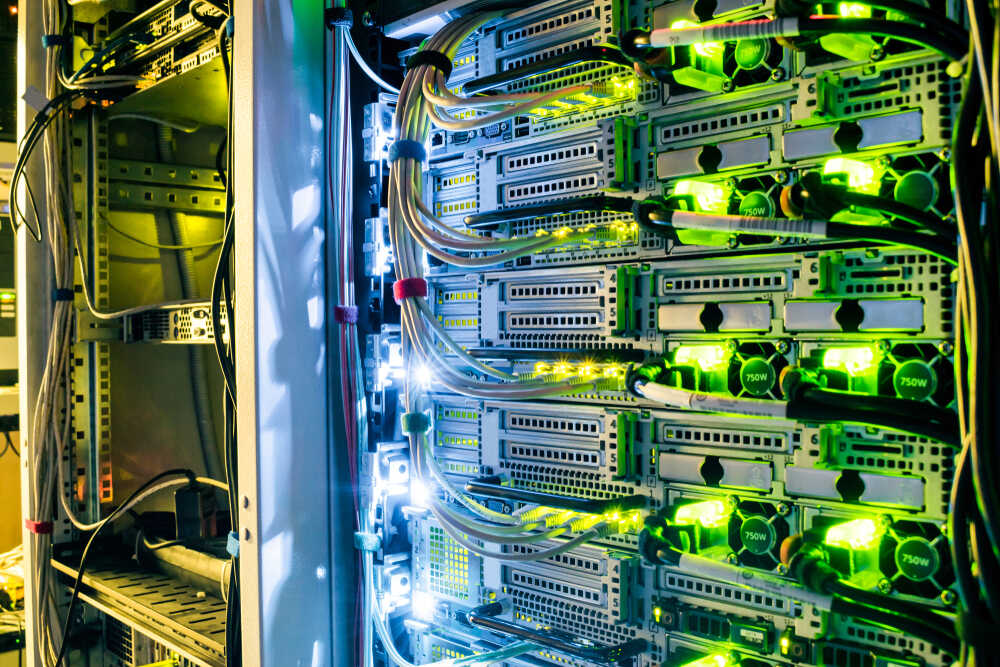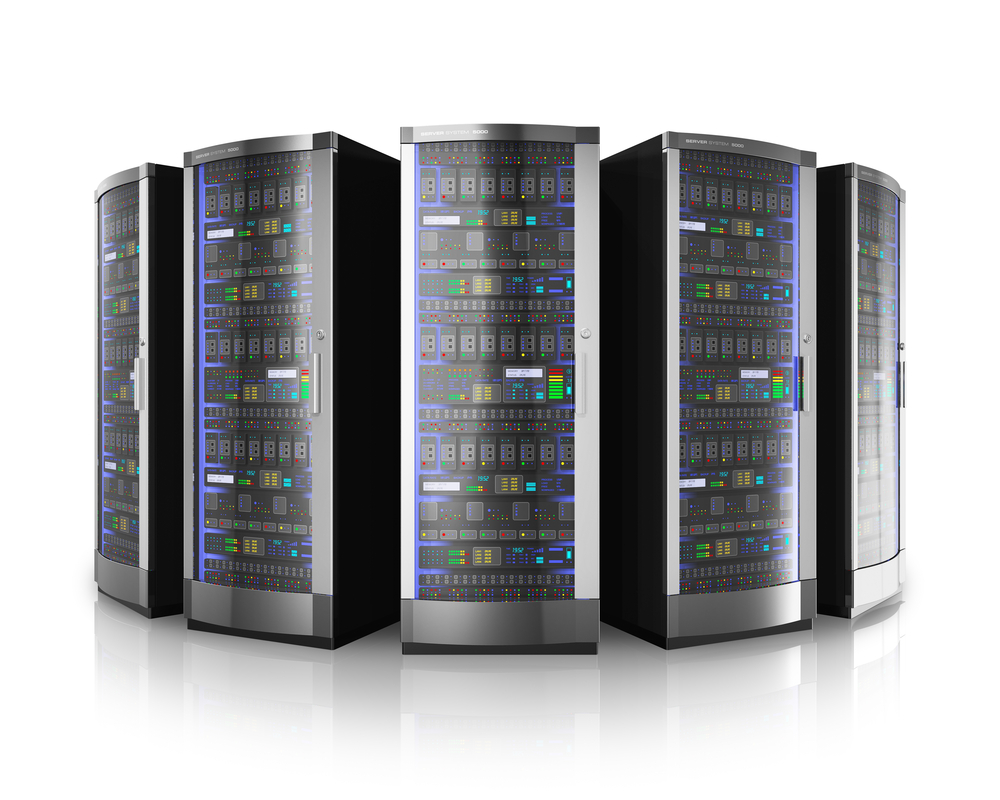Do We Need to Replace the Cloud with Edge Computing?

If you work in information technology, you know everything is constantly changing. Once the majority of people are comfortable with one technology, the next one is ready to push that one out of place.
One of the most recent innovations is cloud computing. Dropbox, Google Drive, and Amazon Web Services all run on the cloud. With the cloud, you aren’t saving your information on your local computer, instead, you are saving your information on shared servers. The cloud has finally taken over as many large corporations and individual users have adopted the technology.
Guess what? It might already be time to replace the cloud. With the Internet Of Things (IoT), data needs to be sent and received faster than ever. The Internet of Things is when ordinary items, like your toilet, toaster, watch, and car, are given internet connectivity. You can understand why things like your car would need a fast connection.
Experts are saying the cloud isn’t going to cut it. So, it’s time for the next technology. What will that technology be? It’s called Edge computing, and it could change everything.
Get ready to live on the edge.
What is Edge Computing?

The definition of edge computing is, “a distributed, open IT architecture that features decentralized processing power, enabling mobile computing and Internet of Things (IoT) technologies. In edge computing, data is processed by the device itself or by a local computer or server, rather than being transmitted to a data center.”
With edge computing, data that is produced by IoT devices is processed closer to where it’s created, instead of being sent across long routes to data centers or the cloud. When this computing happens closer to the “edge” of the network, it lets companies analyze important data in almost real time, and it lets IoT devices send and receive data much faster, and more efficiently.
Edge computing triages the data locally so some of it is processed locally, reducing the backhaul traffic to the central repository. This is important because it decreases the reliance on wifi or data networks. You don’t want to lose service in your self-driving car because your signal is weak.
Edge Computing: Terms and Definitions

Before we go any further, let’s make sure we’re on the same page regarding specific terms and definitions.
- Edge Devices: Any device that produces data. These devices could be sensors, industrial machines, cars, watches, or any other device that produces or collects data.
- Edge: This depends on the situation. In communications, the edge could be a cell phone or a cell tower. In the auto industry, the edge could be your car. In manufacturing, it could be a machine on the shop floor. In IT, the edge could be your laptop.
- Edge Gateway: This is the buffer between where the processing is done on the edge and the broader fog network. It’s the window into the larger environment beyond the edge.
- Fog Network: The fog network refers to the network connections between edge devices and the cloud.
- Fat Client: This is software that can perform data processing in edge devices. A thin client only transfers data.
- Edge Equipment: Most devices and machines can be made to work in an edge computing environment by making them Internet-accessible. Computer systems like Amazon Web Service’s Snowball can be used in edge computing deployments. A lot of things in your home, including your doorbell, toaster, toilet, and the car in your garage, can be edge equipment.
- Mobile Edge Computing: This is the build out of edge computing systems in 5G scenarios.
Advantages of Edge Computing

With new technology, comes new advantages. Here are 5 advantages of edge computing that really stand out.
- Response time: Without a round trip to the cloud, edge computing reduces latency and produces faster responses. This will help keep operations from breaking down or hazardous incidents from taking place.
- Reliable operations with limited connection: Unreliable internet connectivity in things like oil wells, farm pumps, solar farms or windmills makes things difficult. The ability to store and process data on the edge ensures that there’s no data loss or operational failure in case you have limited internet connectivity.
- Security: Because of edge technology, transfers between devices and the cloud can be avoided. You can filter sensitive information locally, and select what information you transfer to the cloud. This will allow users to build an adequate security framework essential for enterprise security and audits.
- Cost effective: One of the main concerns with the IoT is the upfront cost due to network bandwidth, data storage, and computational power. Edge computing can locally perform a lot of data computations, which allows businesses to decide which services to run locally and which ones to send to the cloud, which reduces the final costs of an overall IoT solution.
- Legacy and modern devices: Edge devices can act as a middleman between legacy and modern machines. This allows legacy industrial machines to connect to modern machines or IoT solutions and provides immediate benefits of capturing insights from legacy or modern machines.
Other Top Trends for Digital Transformation In 2019

So, where does Edge computing fit into the broader picture? How does Edge computing relate to other changes that are currently happening?
Here are ten digital trends we can expect in the coming year.
- 5G Mobile: We’re finally in a spot where we should start seeing 5G everywhere. It’s an exciting time for 5G and mobile alike. 2018 was the year that fixed 5G applications found their legs. In 2019 we are going to see 5G in the upper corner of our mobile devices.
- Chatbots: Huge steps continue to be made in the way of natural language processing and sentiment analytics—so many, in fact, that some believe NLP will shake up the entire service industry in ways we’ve never imagined. Think about all the services that could be provided without humans. NLP allows companies to gather insights and improve their service based on them. Some 40% of large businesses have or will adopt it by the end of 2019.
- Connected Clouds: Companies are realizing that going all public cloud, private cloud, or data center isn’t the best option. So, connected clouds are continuing to develop to meet companies’ changing needs. Major public cloud providers like Amazon and Alibaba are answering the call, offering private cloud options. “Multicloud” will be the new buzzword for the cloud conversation.
- Block chain Flops: As we continue to explore this technology, we’ve come to realize that block chain is kind of a mess. It’s too complicated for “normal” people to use right now, and there’s no standard way to use it because we all want to use it differently. The only way to get mass block chain adoption is to create a plug-and-play version that all of us can use and understand. It will most likely be 2-3 more years before we start to see the traction that has been promised.
- GDPR: As of August 2018, about 1/3 of companies were still not compliant with Europe’s General Data Protection Regulation (GDPR), which aims to provide huge layers of data protection for users. This means informed customers will start to see which companies truly care about protecting their data, and which companies really don’t. GDPR will hold companies accountable for how they treat privacy and personal data.
- Augmented Reality (AR): AR is the name of the game in 2019 digital transformation trends. AR has found many use cases in enterprise workforce training, meaning it’s actually useful. And that’s what technology is all about. AR’s development will likely ramp up in 2019.
- Edge and More: As the IoT grows, we need more space, and closer space, to process everything. Smart Cities and Autonomous Vehicles have zero chance of being realized if data processing has to happen in the cloud. Analytics and data will be for processing in real-time. That’s something only the edge can support right now.
- Consumption-Based IT Services: The idea of anything and everything as a service is highly desirable. With the as-a-Service industry growing, companies are choosing a la carte IT services to fit their needs.
- CEO’s: CEO’s will finally step up in 2019, realizing digital transformation isn’t going anywhere. They’ll be making it more of a priority to hire for digital transformation, recognizing the critical nature of building cultures that can change, and the value of re-skilling employees and hiring for agility.
It’s Going to Be A Fun Year
Edge computing is about to change networking as we know it. Because of edge computing, autonomous vehicles, smart homes, and even smart cities will become the new norm. The cloud isn’t enough -Edge computing will have to take over.
There are a lot of other things to look forward to in 2019, including AR, sophisticated chatbots, and 5G mobile. So, buckle up, it’s going to be a fun ride.
Resources:
- https://www.theverge.com/circuitbreaker/2018/5/7/17327584/edge-computing-cloud-google-microsoft-apple-amazon
- https://techcrunch.com/2017/08/03/edge-computing-could-push-the-cloud-to-the-fringe/
- https://www.networkworld.com/article/3224893/internet-of-things/what-is-edge-computing-and-how-it-s-changing-the-network.html
- https://www.nokia.com/networks/data-center/
- https://www.forbes.com/sites/danielnewman/2017/09/26/top-10-trends-for-digital-transformation-in-2018/#638d33cd293a
- https://www.gartner.com/smarterwithgartner/gartner-top-10-strategic-technology-trends-for-2018/
- https://www.businessnewsdaily.com/7605-business-trend-predictions.html
- https://www.forbes.com/sites/danielnewman/2018/09/11/top-10-digital-transformation-trends-for-2019/
- https://www.theverge.com/2018/11/21/18106192/apple-privacy-ai-silk-labs-acquisition
- https://techcrunch.com/2018/03/20/netlify-wants-to-make-it-easier-for-web-developers-to-use-aws-lambda-event-triggers/
 Castings & Forgings
Castings & Forgings
 Bulk Material Handling
Bulk Material Handling
 Electrical & Electronic Components
Electrical & Electronic Components
 Flow Instrumentation
Flow Instrumentation
 Hardware
Hardware
 Material Handling Equipment
Material Handling Equipment
 Metal Cutting Services
Metal Cutting Services
 Metal Forming Services
Metal Forming Services
 Metal Suppliers
Metal Suppliers
 Motion Control Products
Motion Control Products
 Plant & Facility Equipment
Plant & Facility Equipment
 Plant & Facility Supplies
Plant & Facility Supplies
 Plastic Molding Processes
Plastic Molding Processes
 Pumps & Valves
Pumps & Valves
 Recycling Equipment
Recycling Equipment
 Rubber Products & Services
Rubber Products & Services